Scientific name Hepialus humuli Rank Species | Higher classification Hepialus | |
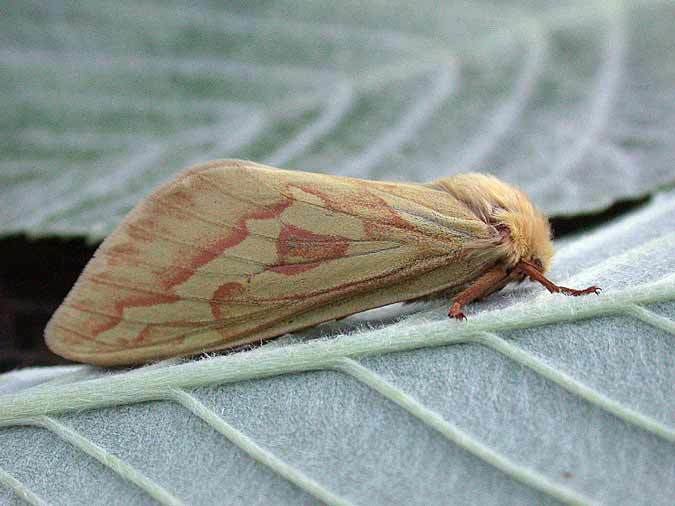 | ||
Genus HepialusFabricius, 1775 Similar Hepialidae, Butterflies and moths, Insect, Common swift, Thitarodes | ||
Ghost moth poops babies
The ghost moth (Hepialus humuli), also known as the ghost swift, is a moth of the family Hepialidae. It is common throughout Europe except for the far south-east. This species is often considered the only species in the genus Hepialus and a number of previously included species is now reclassified into other genera. However, other authorities retain a number of species in the Hepialus genus.
Contents
- Ghost moth poops babies
- Blackburn s ghost moth
- Subspecies
- Additional species which may be included in Hepialus
- Species previously included in the genus Hepialus
- References
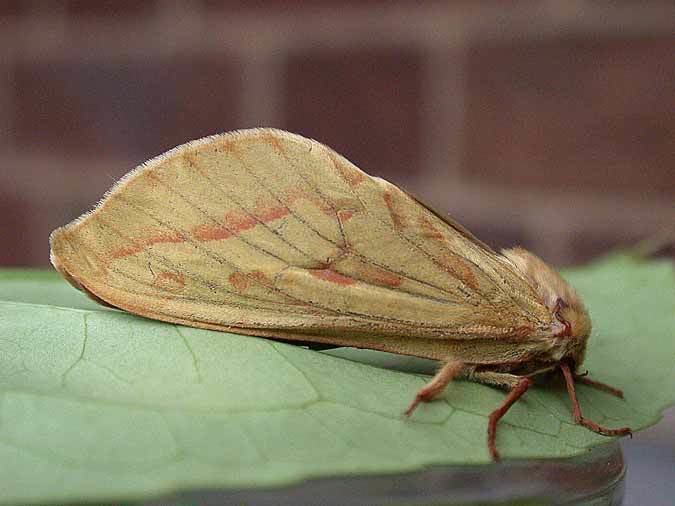
The male has a wingspan of about 44 mm and both forewings and hindwings are pure white (although in H. h. thulensis, found in Shetland and the Faroe Islands, there are buff-coloured individuals). The female is larger (wingspan about 48 mm) and has yellowish-buff forewings with darker linear markings and brown hindwings. The adults fly from June to August and are attracted to light. The species overwinters as a larva.
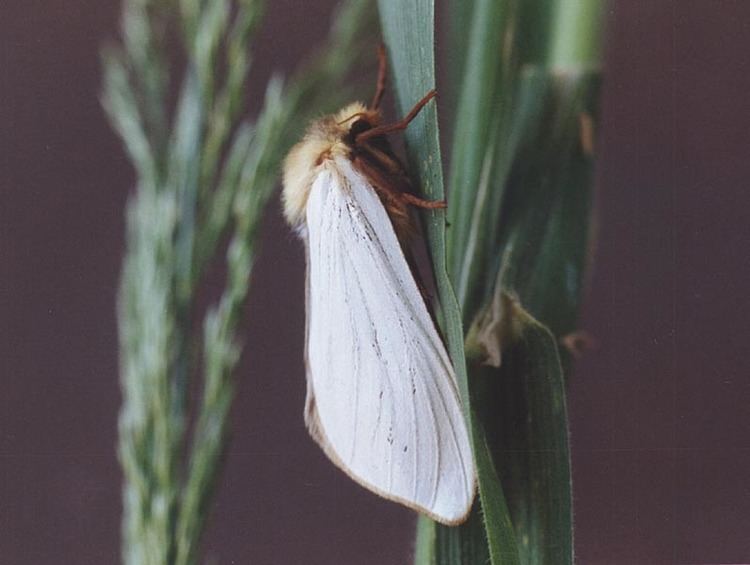
The ghost moth gets its name from the display flight of the male, which hovers, sometimes slowly rising and falling, over open ground to attract females. In a suitable location several males may display together in a lek.
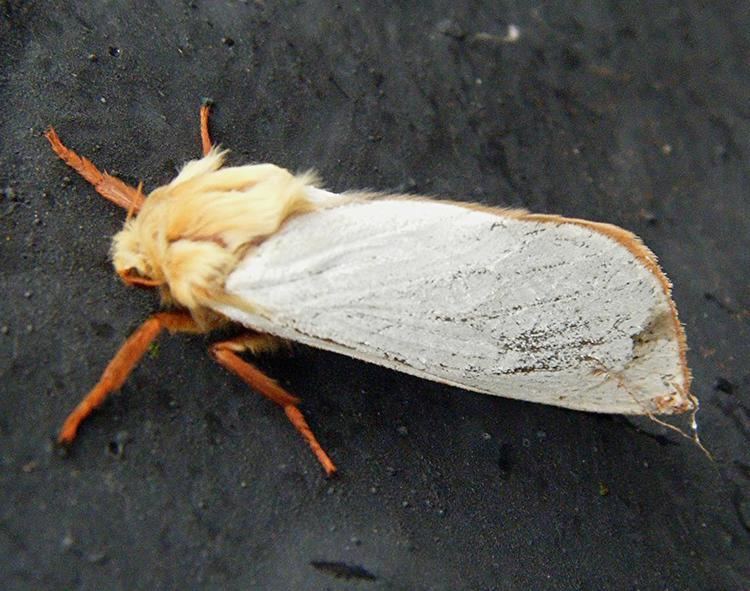
The larva is whitish and maggot-like and feeds underground on the roots of a variety of wild and cultivated plants (see list below). The species can be an economically significant pest in forest nurseries.
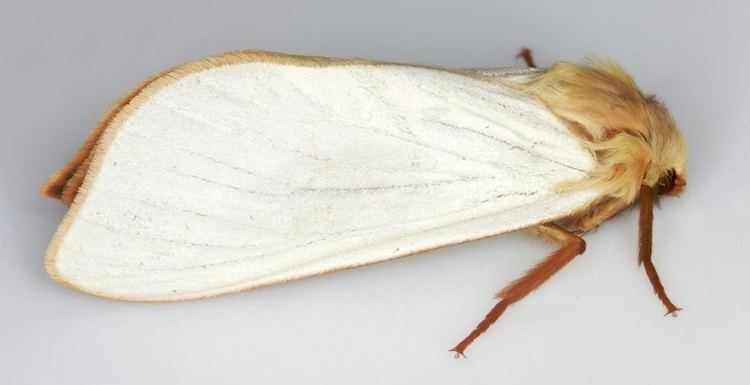
The term ghost moth is sometimes used as a general term for all Hepialids.
Blackburn s ghost moth
Subspecies
Additional species which may be included in Hepialus
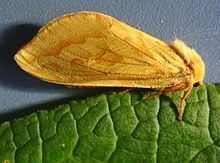
Chinese authors retain a number of species in Hepialus. Most of these are placed in the genus Thitarodes by others. Species retained in Hepialus include:
Species previously included in the genus Hepialus
Species previously placed in the genus Hepialus include:
